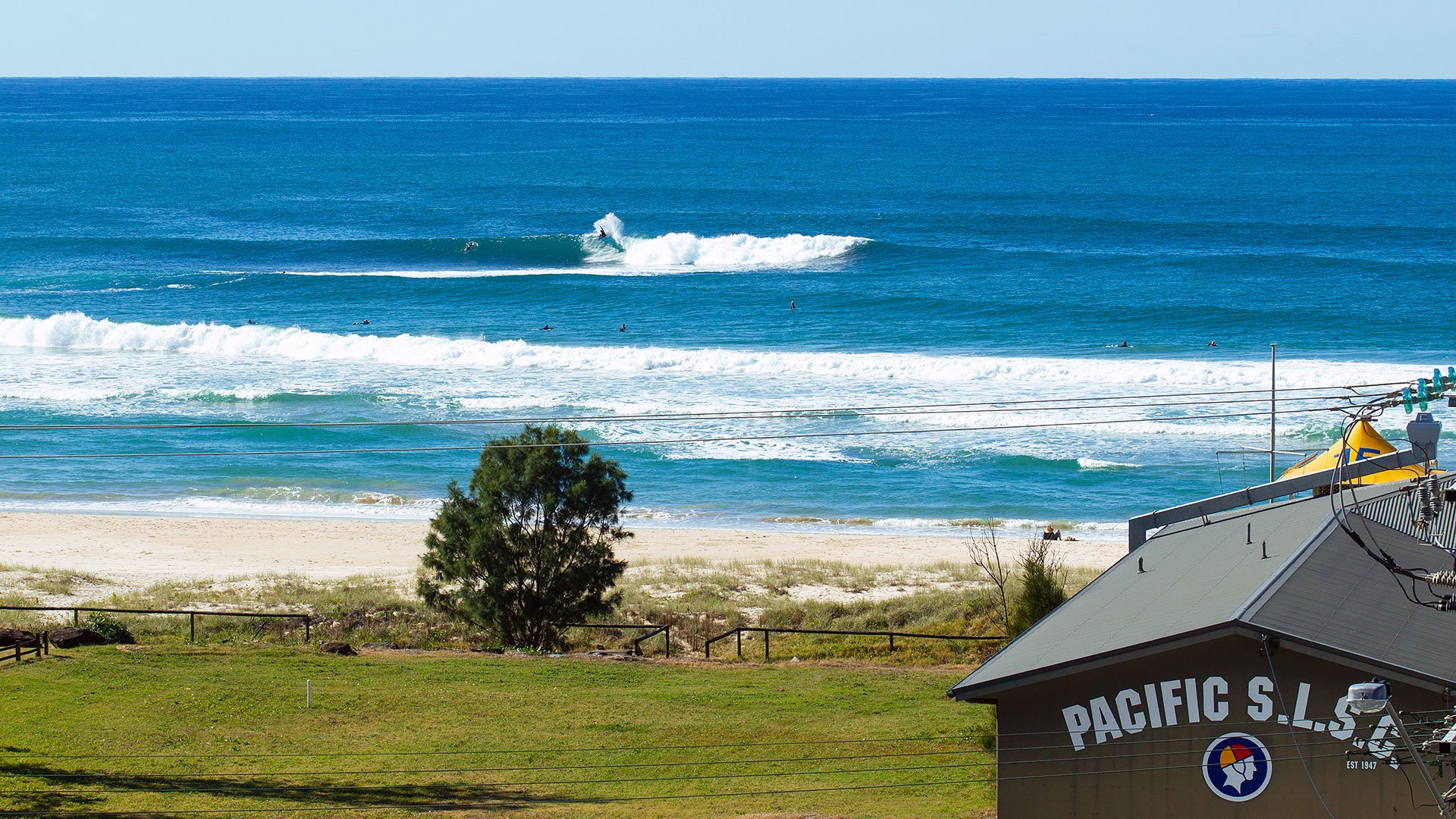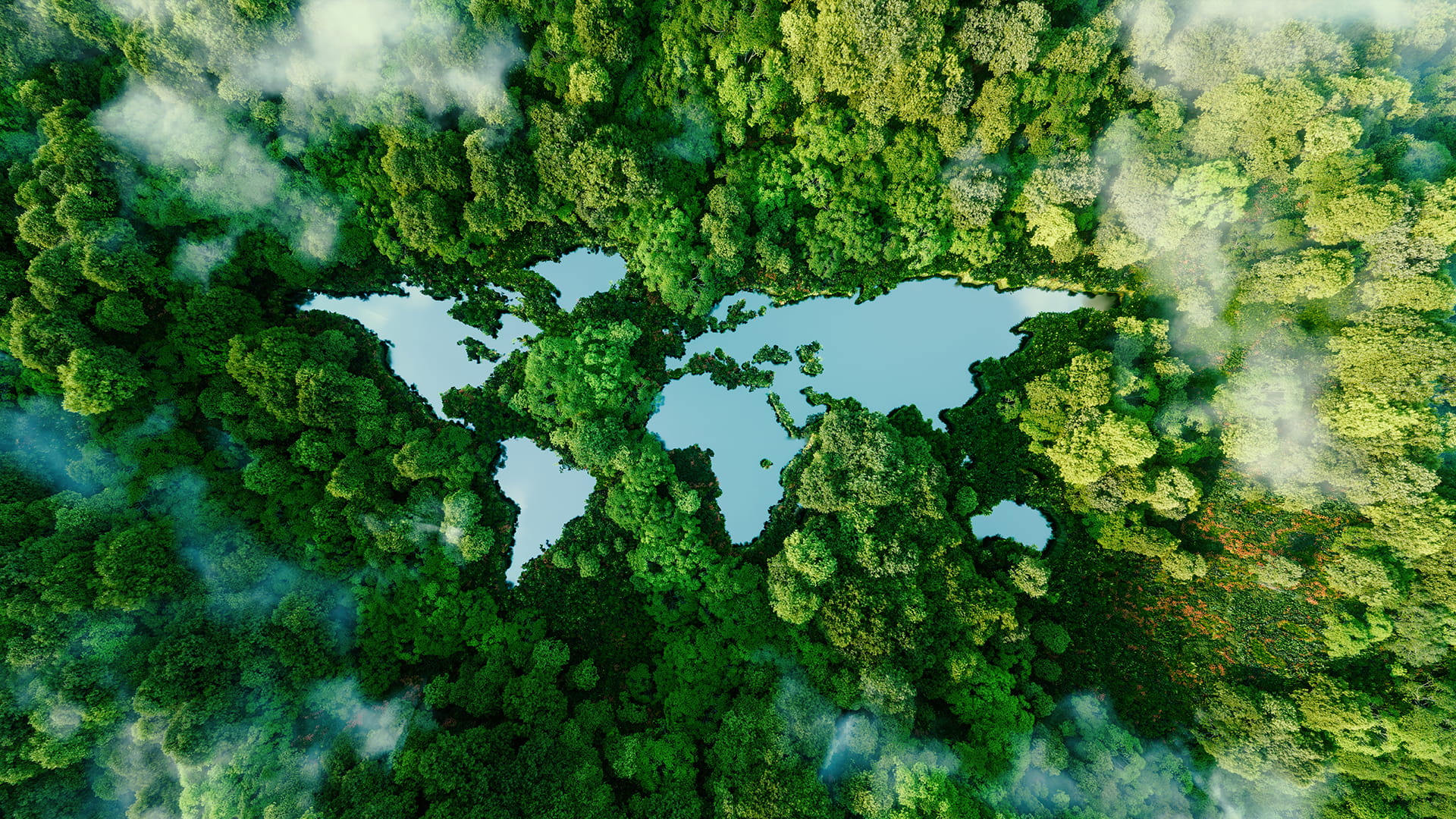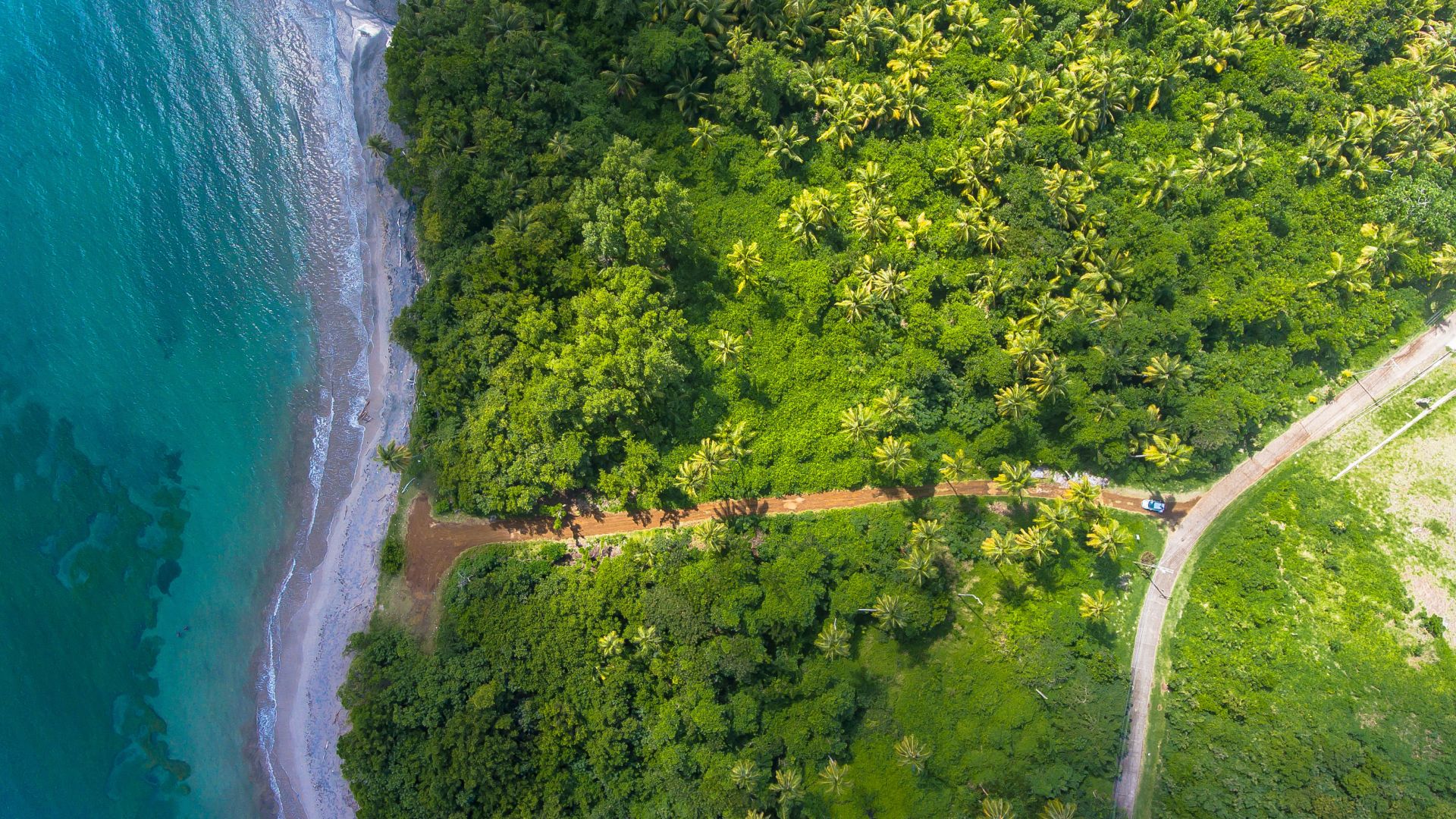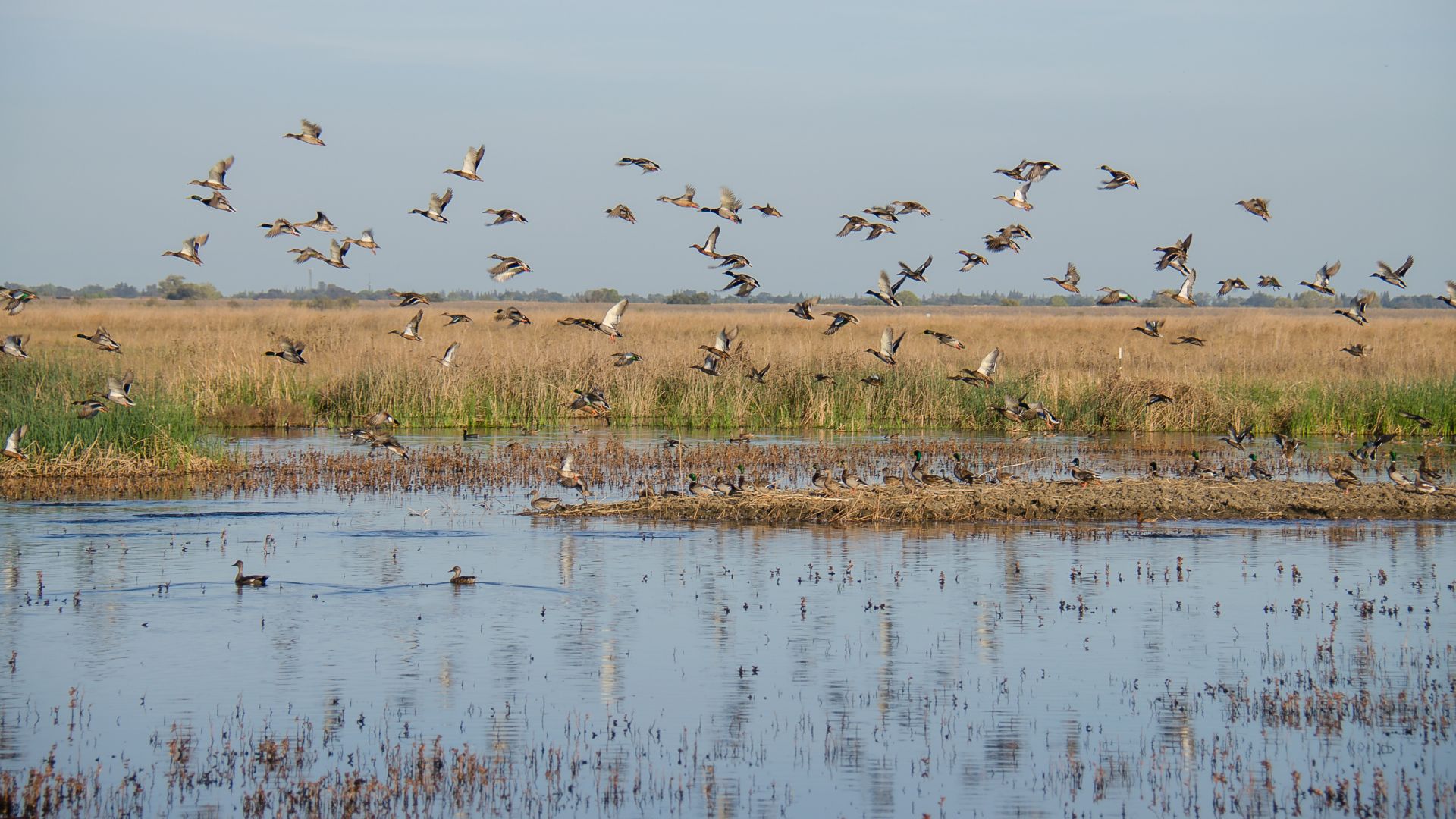Holistic beach nourishment to protect Palm Beach Shoreline, Gold Coast

Project facts
- ClientCity of Gold Coast
- LocationQueensland, Australia
- Date2013-2019
- ChallengeImplementing a new coastal management plan to protect the beach from erosion
- SolutionAn artificial reef has restored sand along the coastline and improved climate resilience
The challenge: protecting the shoreline from the weather and tide
Palm Beach is a four-kilometre stretch of sand on the Gold Coast in Queensland, Australia. And, compared to other Gold Coast beaches, it’s at high risk of erosion.
Since the 1960s, several significant weather and tidal events have harmed the coastline, damaging properties, threatening infrastructure, and putting the beach’s recreation opportunities at risk – especially the local surf.
In January 2013, the City of Gold Coast government ordered a feasibility study to review research data and coastal management reports about Palm Beach to assess its options.
The report identified 18 potential protection measures, concluding that the beach nourishment and stabilisation provided by an artificial reef would deliver the best value and most sustainable improvement.
The city endorsed this solution in March 2014, but needed consultation on the design for the protection plan.
The solution: building an artificial reef and restoring sand along the coast
The city engaged Royal HaskoningDHV as its design consultants. We first created a design reference report, involving additional data capture and analysis, sophisticated numerical modelling of coastal processes, environmental assessments and approvals, and physical modelling. This allowed us to identify the best design by mapping out likely outcomes from different approaches. Furthermore, Royal HaskoningDHV undertook activities to support the concept and detailed design including sediment sampling, water quality monitoring, wave climate and tidal currents. This information was used to inform hydrodynamic and wave modelling to refine the design of the artificial reef.
The result was the city's largest offshore dredging and beach nourishment plan. The AU$18 million construction project began in May 2019. Teams replaced sand along the coastline to restore the beach, while also constructing an artificial reef.
The 144-metre-wide reef has been built 330 metres offshore. Alongside existing training walls and mini groynes, it will absorb the impact of tidal events and increase the volume of sand retained, acting as a much-needed buffer against future storms and coastal erosion.
We also designed the shape and orientation of the artificial reef to consider wave breaking characteristics, which was important for surfing and beach use.
Using a 'Working with Nature' approach, our beach nourishment design included innovative pattern placements to mimic natural rhythmic sand bar formations.
We developed the approach as a result of detailed investigations into the long-term morphology at Palm Beach. And we adopted it to ensure effective sand delivery at the same time as enhancing surfing amenity.
Throughout construction, we surveyed the project's progress to ensure everything was within specifications, and to provide the final engineering certification. This involved regular hydrographic survey data analysis, armour rock inspection and testing, and site visits to monitor the reef as it was built.
As a result of the project, the beaches along the Gold Coast will receive an approximate total of 3 million cubic metres of sand, with Palm Beach receiving approximately 470,000 cubic metres.
The result: long-term climate resilience along Palm Beach’s shoreline
Regular stakeholder engagement and communication with the wider community was instrumental in maximising support for this project and securing its success. The six-month project was finalised and certified in September 2019.
The restored beach and new reef have improved Palm Beach’s resilience to coastal hazards, providing an innovative solution that both protects the shoreline’s infrastructure while allowing locals and visitors to take advantage of the beach’s amenities.
The PBSP was awarded the IPWEAQ 2019 Excellence Award for Innovation and IPWEAQ 2020 Excellence Award for Coastal Engineering.
Want to know moreor got a question?
Contact our Climate Resilience experts!


